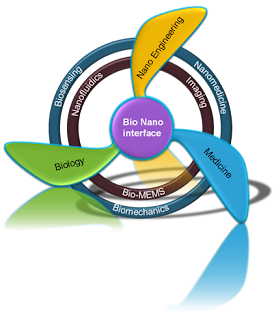Evidence based medicine | Bio informatics
Evidence based medicine Evidence Based Medicine (EBM) , is that clinical care should be guided by the best scientific evidence. addition to this evidence influence medical decision-making when evidence is used in a decision, it should be of the highest quality. In fact, EBM is really just a set of tools to inform clinical decision-making. It allows clinical experience (art) to be integrated with best clinical science. Also, EBM makes the medical literature more clinically applicable and relevant. In addition, it requires the user to be facile with computers and IR systems. There are many well-known resources for EBM. process of e vidence based medicine The process of EBM involves three general steps: l Phrasing a clinical question that is pertinent and answerable l Identifying evidence (studies in articles) that address the question l Critically appraising the evidence to determine whether it applies to the patient The phrasing of ...


